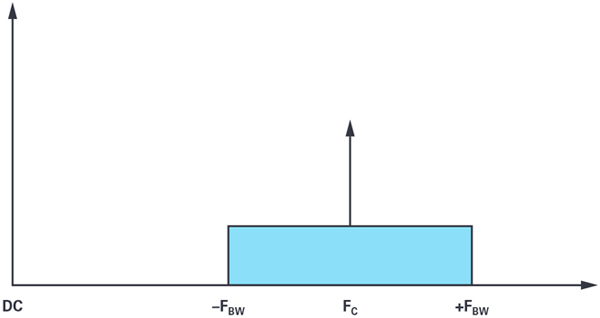How does 5G Affect Electronic Warfare
Today's military conflicts are increasingly confronted by electronic methods, which has led to the idea of electronic warfare. One of the key components of electronic warfare is radar. You only need to send a signal and wait for the signal to return to map the radar's field of view. The radar system has undergone more than 100 years of development, and its main advantage is that it can detect and map invisible targets. This gives radar operators a greater advantage over opponents without radars. Therefore, radar technology has continued to develop over the years. Today, we see radar is widely used in daily weather forecasts, air traffic control, and emerging applications (such as the use of radar in the automotive industry to detect the distance between a car and a target).
The traditional low-frequency radar systems using UHF and VHF frequencies have been applied to ultra-long-distance early detection radars. Fast-moving aircraft are more often operated at X-band frequencies (8 GHz to 12 GHz), which can benefit from higher resolution and smaller antennas. Radar systems used to deploy and target missiles in fighter jets usually operate in the Ka band (33 GHz to 37 GHz). The development of guided munitions and missiles at 94 GHz is increasing. There are many advantages for radar systems to shift to higher frequencies. We can understand these advantages by looking at the range & angular resolution through the target analytical ability. The first advantage of shifting to higher frequencies is that the size of the antenna will be reduced with given an angular resolution, which is the key to small armament installations. From another perspective, for a given antenna size, the angular resolution will increase at higher frequencies. The range resolution of radar is directly proportional to the modulation bandwidth. As mentioned above, the range resolution will be improved at higher frequencies. Therefore, since applications require higher resolution, shifting to higher frequencies will bring many advantages.


Figure 1. Modulation bandwidth centered on carrier frequency
Traditionally, defense companies’ electronic warfare systems operate between 2 GHz-18 GHz, which covering S-band, C-band, X-band, and Ku-band radars. As the distance of the threat increases, the number of electronic devices for interception will increase until the threat is finally eliminated. We can see that the 5G equipment operating at 28 GHz and 39 GHz is close to the existing Ka band which used for missile guidance. Therefore, the new requirements for electronic warfare systems will be extended to cover the 5G frequency range from 24 GHz to 44 GHz, and there will be more electronic means on these frequencies that can be considered for military battlefields. Usually, the main function of electronic warfare is to listen for threats and then electronically interfere with the threats without being detected. Since threats may come from a variety of different frequencies, the listening device (and the interfering device) requires a wide operating frequency band.
Key technologies that have been used for many years in defense applications have become ideal technologies for 5G telecommunications. Phased array antenna technology is very suitable for 5G applications, and its multiple characteristics are also valuable to the defense industry. These key attributes include the ability to transmit multiple data streams or radiation patterns. In defense applications, this allows fighter jets to track multiple targets at once. While in 5G telecommunications, it can transmit data to multiple users at once. Similarly, defense applications require beams that can aim energy in one direction to reduce the possibility of interception or interference. Telecommunications can send direct information to users more efficiently, thereby consuming lower power consumption.


